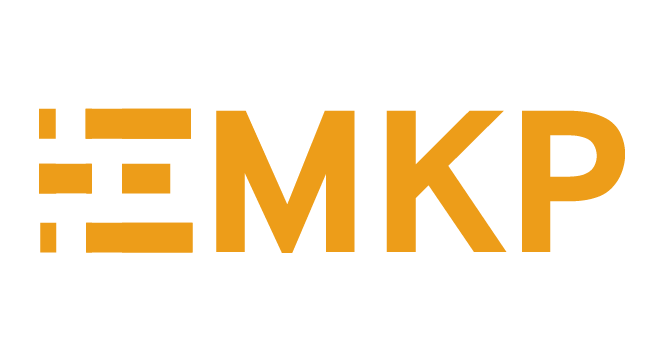This project aims to document the material practices and knowledge system related to the weavings made in the native communities located in the reserve territories of the Purús National Park. Similar to other indigenous groups in the western Amazon, the Huni Kuin define themselves as ‘true people’ and the geometric decorative patterns they apply in textile structural techniques, basketry and face painting, are called kené kuin, ‘true designs’. The native cotton (Gossypium barbadense), is the main resource for weaving. It is spun and transformed by the hands of the women master weavers into hammocks, skirts, blankets and bags, whose textile language expresses symbolic representations of the memory of a mythical age, of historical paths, of invocations for protection, of ways of life that will be reflected at a symbolic level in their material culture, expressing the world that surrounds them. The commitment to the recording of their material and non-material knowledge is in the interest of the authorities and the entire Huni Kuin community, who are actively concerned about the continuity of this knowledge’s transmission over time.
Through video, photography, audio, interviews and written documentation techniques, the handling of dye plants, the variety of traditional weaving techniques, decorative patterns, gestures, narratives and songs associated with ritual practices, and the dynamics of transmission of uses and associated knowledge will be recorded. This will contribute to strengthening their historical cultural identity and disseminate the notion about the value of this complex tradition of knowledge, today endangered.
PI:
Maria Elena del Solar
Collaborators:
Enrique Nonato
Daniel Echecopar
Rosa del Aguila
Location of Research:
San Martín and Colombiana, Purús, Ucayali, Perú.
Host Institution:
Asociación ProPurús
Top Banner Image: Weaving in process, backstrap loom. Puerto Esperanza village. (Photo: M. E. del Solar)
